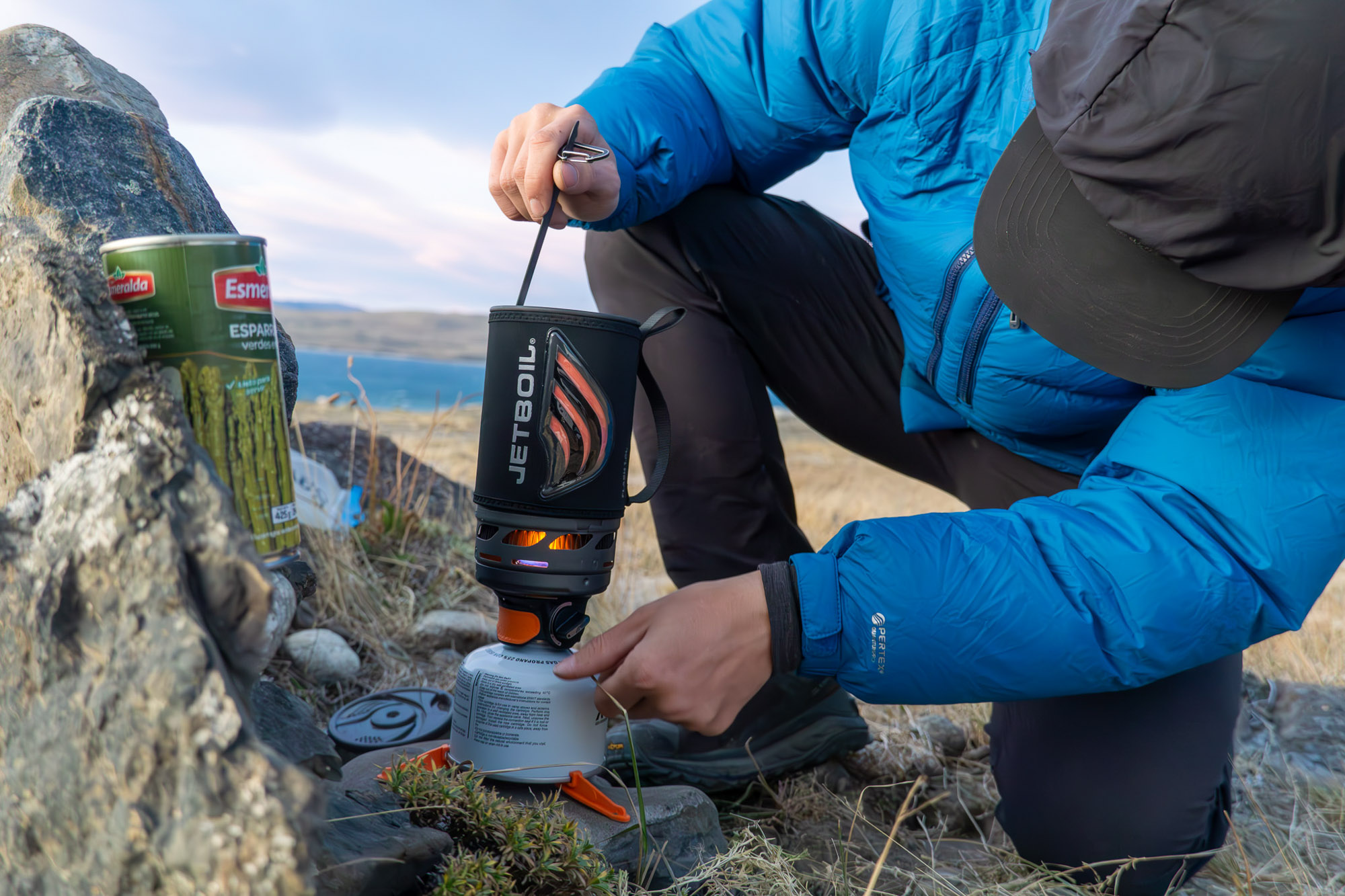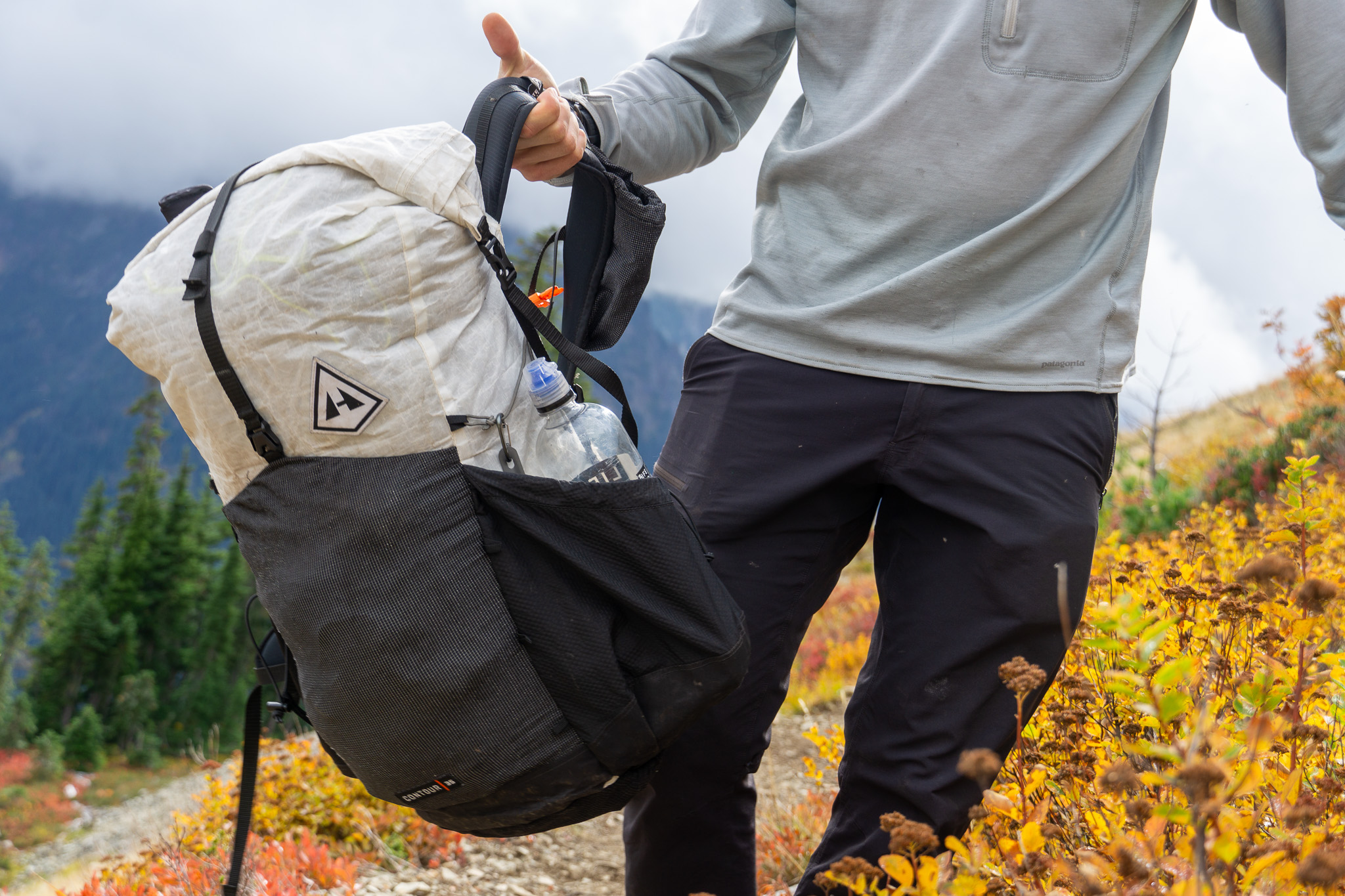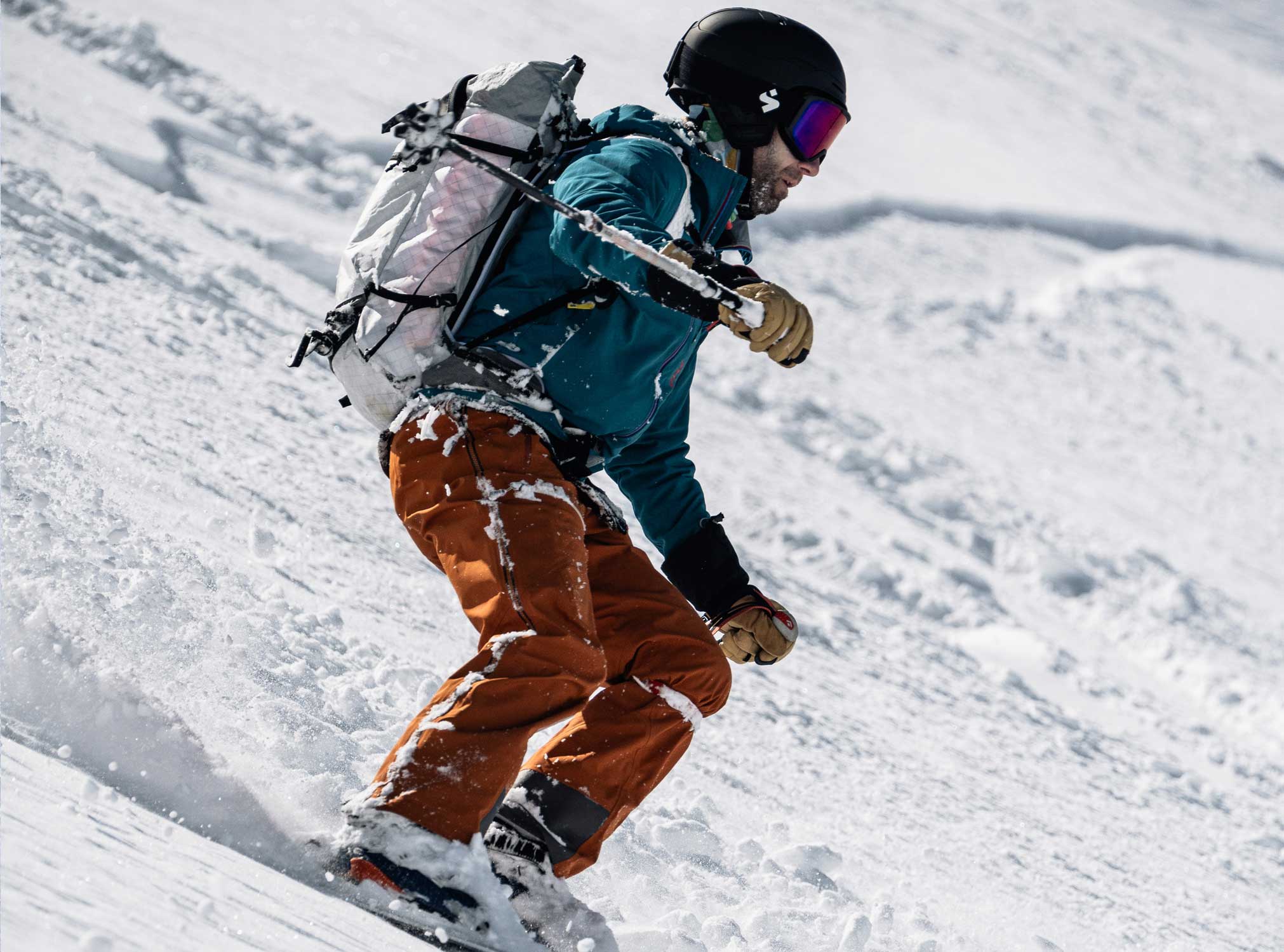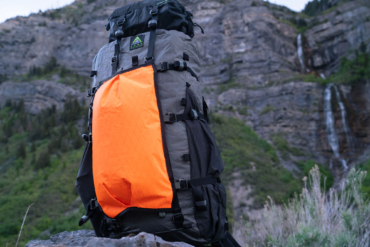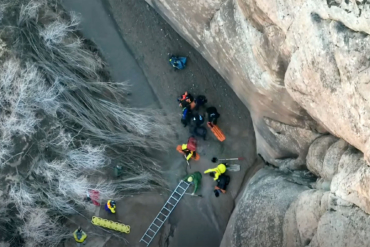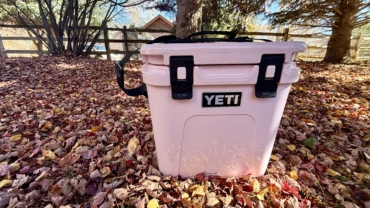Get the scoop on the best hiking backpacks of the season.
A great adventure starts with the right gear. And the right gear includes a pack that fits your frame, is comfortable, and can carry everything you need for your hike. Almost every activity outdoors requires a pack.
And while sometimes a pack choice can be based on personal preference, it’s usually based on activity and application. Are you camping overnight? Traveling to another state to hike? Backpacking for 2 weeks? We’ve found packs to fit everything you could need.
This review contains our overall staff picks for the best daypacks, best hiking backpacks, and more. If you are looking for more specifics, you can check out the best hiking daypacks or the best backpacking packs.
Scroll through to see all of our recommended buys or jump to the category you’re looking for:
- Best for Day Hiking
- Best Overall
- Runner-Up
- Best Budget
- Best Packs for Backpacking
- Best Overall
- Best Budget
- Best Women’s-Specific
- Best for Thru-Hiking and Ultralight
- Best Overall
- Best Budget
Best for Day Hiking
Best Overall: Deuter Speed Lite
This daypack won out as our favorite in testing because of its versatility. The Deuter Speed Lite ($70) has a lot of simple features: a main compartment, two mesh side pockets, sternum strap, and interior hydration bladder (or laptop) sleeve — but each feature really delivered. The main compartment is spacious yet compact, and the pack works well for a variety of activities.
The Speed Lite also comes in 12L and 20L daypack sizes.
Runner-Up: Osprey Daylite Pack
This pack is not only a popular and trusted option but also comes with a great price tag. The Daylite pack ($60) has a suspension frame, durable 210-denier ripstop nylon exterior, and a large main compartment. The pack has thoughtful features like an emergency whistle built into the sternum buckle and compression straps on the side to secure water bottles.
While this 13L volume pack is on the smaller side, it can easily pack in the day-hiking essentials.
Best Budget: REI Co-op Flash 18 and Flash 22
This pack may not have exterior pockets, but it’s got just about everything else. The REI Flash 18 ($40) pack has a drawcord top closure, detachable sternum and hip straps, and a hydration reservoir compartment. And it weighs just 9 ounces.
The Flash 18 has great quality for the price and a great “town-to-trail” option. If you’re looking for exterior pockets and just a bit more room, go for the REI Flash 22 ($55).
Check Flash 18 Price at REICheck Flash 22 Price at REI
Shop more of our favorite daypacks.
Best Packs for Backpacking
Best Overall: Osprey Aether 55 Men’s and Ariel 55 Women’s
The Osprey Aether ($300) and Ariel 55 ($300) are recently updated versions of two of Osprey’s bestselling styles. Packed with features and thoroughly well-designed, the Aether and Ariel are our choices for the best overall backpacking pack.
Although these packs are classic-style top-loaders, a large front zippered access point allows you to get into the depths of your gear without having to fully unpack. For heavy loads, the burly materials and easy on-the-go adjustability make the Aether and Ariel strong and reliable carriers.
We like that the Osprey has combined some tried-and-true backpack design elements with clever and innovative features of their own creation. For quick access to bits of essential gear, these packs offer dual-zippered hip belt pockets, stretch-mesh water bottle pockets, and a front “shove-it” pocket.
Other noteworthy features include an internal hydration bladder sleeve, dual ice axe loops, and a versatile compression system that offers additional exterior storage.
Although Osprey also makes a 65L version of the Aether and Ariel, we like the 55L for its compact profile and slightly reduced weight. For long weekend trips, these packs will offer plenty of space for most users.
They can also handle longer trips with some thoughtful packing. Yes, the Aether and Ariel are heavier than many other packs of their size, but they are ultrareliable and feel stable and balanced on the trail.
Check Men’s Price at REICheck Women’s Price at Backcountry
Best Budget: REI Co-op Flash 55 — Men’s and Women’s
Although REI has been selling backpacking gear for decades, the company is relatively new to offering packs of its own. The Flash 55 ($199) has quickly become its flagship model and for good reason. This pack is light, customizable, and highly capable of the rugged demands of backpacking.
The Flash 55 is a modular pack, and you can add or remove various features to increase storage or shed weight. With all the organizational features included, this pack weighs around 2 pounds 10 ounces.
By removing all of the modular features, the user can reduce the total weight by almost half a pound. Importantly, removing these features does not affect the Flash’s suspension system or carrying comfort.
At the top entry point of the main compartment, a roll-top closure system helps keep the pack compressed and the contents dry. Thanks to this roll-top, users can also choose to leave the pack’s top lid behind if preferred. Other useful features include a front mesh pocket, hydration bladder capability, and an ice axe attachment loop.
For a backpacking pack, the Flash’s 100-denier ripstop nylon body feels thin and potentially fragile. Although this pack doesn’t seem to wear or tear faster than other packs in its class, users should avoid rubbing the sides of the pack against rock and rough surfaces. On the bottom of the pack, burly 420-denier nylon offers supreme protection from the ground.
At $199, the Flash 55 is one of the best values on the backpacking market.
Check Men’s Price at REICheck Women’s Price at REI
Best Women’s-Specific: The North Face Banchee
The Banchee 65 ($250) is a very comfortable pack. Our tester’s first impressions: it’s really lightweight for the volume, and is comfortable. It can haul 30-40 pounds of gear perfectly, and it didn’t show any signs of wear on a week-long backpacking trip.
Our second point of praise for this pack: pockets. Everywhere we looked, there were more and more pockets. With a volume perfect for multiday trips, it also sports some new features (The North Face redesigned this pack in 2020). The Banchee is a popular pack that performed as well as — and better than — we expected.
Compared to the prior model, we noticed better pocket placement — specifically, the side stretch pockets — and improved design of the exterior vertical zippered compartments.
In terms of features, this pack has a sleeping bag compartment, designated hydration sleeve, and hip belt pockets. The pockets on the hip belt are perfect for stashing the items you want readily available on the trail — chapstick, Clif bar, sunscreen, phone, map, you name it.
It has a women’s-specific fit around the hips and shoulders, which we found great and accurate. This pack also has load lifters (a standard feature nowadays), and we found on this pack they were easily adjustable while wearing. The Banchee is also available in a 50L capacity.
Check Price at The North FaceShop more of our favorite backpacking packs.
Best for Thru-Hiking and Ultralight
Best Overall: Granite Gear Crown2 — Men’s and Women’s
The Granite Gear Crown2 ($200) weighs just 2 pounds 3 ounces and has a 60L capacity. And even at such a low weight, it can transform from a “weekend heavy-hauler to a lightweight bag for a long thru-hike,” according to Seth Orme. He carried the stalwart backpack on the Pacific Crest Trail while hauling out heaps of trash for 5 months during the 2016 Packing It Out hike.
The Crown2 is made from 210-denier, high-tenacity nylon. Our tester used it for more than 2,000 miles and found the fabric plenty durable.
At just over 2 pounds, the Crown2 can comfortably haul 35 pounds or more. It does this with its innovative hip belt, improved back panel, and thoughtfully placed 10mm load-cinching straps. The combination gives users a pack that fits well and stays comfortable all day.
Check Men’s Price at REICheck Women’s Price at REI
Best Budget: Mountainsmith Scream 55 — Men’s and Scream 50 — Women’s
The Mountainsmith Scream 55 ($160) and Scream 50 ($160) are a heck of a deal for light backpacks. At a retail price of just $160, these are by far the least expensive on this list. Our editor used the Scream 55 pack on a few big hikes last season and was really impressed.
These packs are a 50-55L size, top-loader style with roll closures. Two large external pockets help with gear organization. This is nice, as the style has no top lid and needs other places to put small, frequently needed items. In use, we were impressed at how well the minimal EVA framesheet distributed weight.
Our only con with this pack? The side pockets are pretty snug, although we found they work well for water bottles.
The Scream 55 weighs in at 2 pounds 13 ounces, whereas the Scream 50 weighs 2 pounds 10 ounces. While certainly on the high end of the scale for lightweight backpacking, these backpacks have durable fabrics and are good choices for those on a budget.
Check Men’s Price at BackcountryCheck Women’s Price at Backcountry
Read our full ultralight pack review.
Buyer’s Guide: How to Choose a Hiking Backpack
Whether you’re choosing a pack to take you from work to the mountains or a pack that can fill one specific use (commuting, backpacking, climbing, and more), we’ll break down the best way to choose the right pack. There are lots of factors, but a hiking backpack should be a durable, comfortable, and well-fitting piece of gear.
Always consider factors like padding and support, adjustability, versatility (in size and features), and hydration compatibility. Below, we’ll break down the main things to consider when buying a hiking pack.
Pack Components
Pack Size and Capacity
One of the most important items on the trail is your pack — it’s how you’ll carry all your gear and support yourself on the trail. First off, you’ll probably want to narrow down the category size of hiking backpack you are searching for: daypack, commuter backpack, or a backpacking pack.
Consider what gear you’ll want to carry: the basics like water, a first-aid kit, wind/rain layer, snacks, glasses, and a cellphone. Then sport-specific gear, like cycling shoes, a climbing rope, overnight camp gear, and more. You might also carry extras like your kids’ layers, a doggie bowl, sun hat or sunscreen, camera, trekking poles, and water reservoir.
All of this factors into how big of a bag you’ll need.
The sweet spot for the most versatile backpacks I own is in the 20-28L range. In winter, where you are carrying bulkier or more gear, and on multiday trips, my go-to pack is going to be in the 50-65L range. Although, there are smaller and bigger packs that can get the job done as well, depending on what type of hiking you are doing. And, how much gear you’ll be packing.
Hip Belts and Sternum Straps
Nothing ruins a hike faster than a heavy pack sliding off your shoulders or chafing under the arms. Do yourself a favor with whatever pack you invest in and make sure it has a sternum strap — not just to get a better fit, but for comfort on the trail — and maybe a hip belt as well. Many outdoorists covet hip belts for their aid in weight distribution, and usually extra comfort and access to small pockets.
All different sizes and types of hiking backpacks have sternum straps, and most packs above 40 liters or so will have a hip belt in order to properly distribute weight. Again, your on-trail comfort is key.
Pack Organization
Internal and External Pockets
Look for how many pockets the pack has, or if it has internal pockets, sleeves, or compartments. These features are great to have when it comes to organizing your gear. Is there an exterior pocket? A mesh organizer pocket? Are there side pockets?
Also, are any exterior pockets accessible without taking off the pack? Are there any compression straps? Picture or, even better, lay out your gear and visualize if your chosen pack will work for you.
Hydration Compatibility
Hydration-oriented packs will have separate sleeves or compartments for bladders, sometimes with insulated padding, hooks for securing a bladder, and routing for a hydration tube. Some packs, like Gregory’s H20 Series, have magnetic or quick clip attachments for easy sippin’ on the go.
You’ll want to check if the hiking backpack you like has the ability to store a bladder. If you prefer to drink out of bottles while hiking, look for a pack that has exterior water bottle holders for easy access.
Helmet Attachment: Yes or No?
This can be a make or break for lots of people who commute on the daily. Yes, even to the trails. And, for those who want a one-pack-does-all for both hiking and biking.
Many packs will have a clip or attachment point on the exterior specifically designed for helmets, whether that’s biking or climbing. A helmet attachment point can really make a pack more versatile. Best of all, it doesn’t take up or waste space in a pack’s main compartment. This feature is most commonly found on daypacks, commuter packs, and climbing-specific packs.
If you anticipate bringing a helmet on your adventures, definitely look for this feature.
Buying a Pack: Let’s Talk Price Tag
When it comes to wanting to venture outdoors, a hiking backpack is a necessary piece of gear. If you can, invest in the highest quality pack you can find that will fit your needs. Hiking backpacks that we tested ranged from $17 to $500. Solid daypacks tend to fall into the $40-50 range.
Backpacking packs vary widely in price. More expensive packs usually include higher quality materials or extra features. A good pack can last for many adventurous years on the trail, so consider your pack to be an investment.
FAQ
What is the best hiking pack?
Hiking backpacks vary widely in materials, size, construction, volume, and price. The best hiking pack is the one that best fits you in terms of size, fit, and budget. The best backpack for you might be a 45L, while for someone else it might be a 70 or 80L.
That being said, we are partial to the REI Co-op Flash series that we’ve reviewed here — the series includes several models of day hiking and backpacking backpacks.
How should I pack my backpack?
Packing your backpack properly will help you maximize your pack’s capacity and ensure that you feel balanced while hiking with a heavy (or light!) load. The more organized your initial packing process is, the less you will have to rummage around, looking for stuff during your trip. Knowing how to properly and efficiently pack is an essential part of a successful adventure.
Generally, you’ll want to pack items that you won’t need while hiking near the bottom of your pack. This includes your sleeping bag and extra clothes. Or, for day trips, extra layers. The middle of your pack is where you should keep heavier items like food and water, maybe accessories like a camera. The closer that the heavy items are to your back, the better.
Keep frequently used items like rain layers, snacks, and toiletries near the top of your pack where they will be easily accessible. In your hip strap or in the top pocket of your pack, you’ll want to keep things like a map, phone, or GPS device.
Check out our complete guide on how to pack a backpack like a pro.









